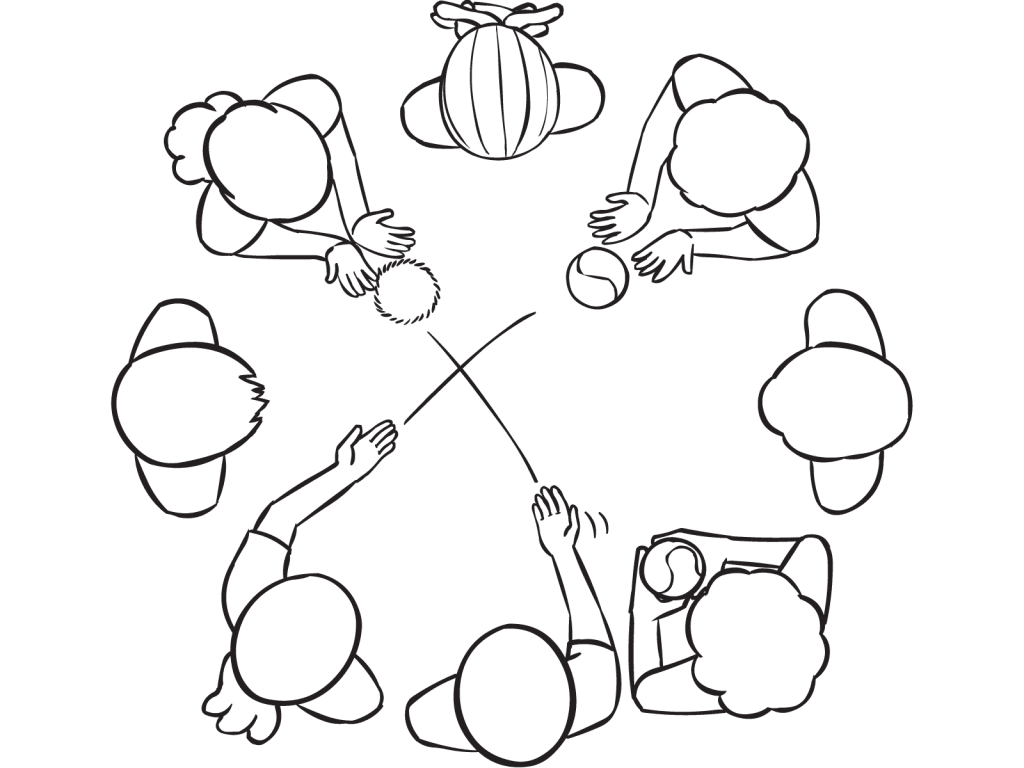Save to Playlist
Step-by-Step Instructions
Resources Premium
How To Play Narrative Premium
Practical Leadership Tips Premium
Social-Emotional Learning Premium
Health & Wellness Programming Premium
Popular Variations Premium
You Might Also Like... Premium
Useful Framing Ideas Premium
Reflection Tips & Strategies Premium
Source Premium

No Props No Problem
Brand NEW book featuring 150+ outrageously fun group games & activities. Scan QR codes to connect to tons of digital content including video tutorials.
Add to Cart
NEW – No Props No Problem
The best-selling book featuring 150+ outrageously fun group games & activities. Scan QR codes to access exclusive digital content including video tutorials.

Free Ice-Breakers & Group Games
Ten of the best no-prop, interactive ‘get-to-know-you’ games & activities. 100% fun, your group will love ’em. Our most successful giveaway, 10,000+ downloads so far…
Top Ten Icebreakers & Group Games
Download our free 28-page ebook jam-packed with outrageously fun activity ideas.
Just one more question:
I am interested in…
Choose a plan that’s right for you
We offer a range of membership plans with no surprises.
Click an option below & discover our simple pricing.

Individual
Click here if you’re a:
- Teacher
- Corporate trainer
- Outdoor educator
- Camp leader
- Youth leader
- Conference organiser
- Therapist/counsellor
Membership Plans

Enterprise
Click here if you represent a:
- School
- Corporation
- Community-based Organisation
Explore plans for
10, 50, 200 or more
potential users
Membership Plans






Sometimes we also ‘assign’ different names – what they want to be called, their name plus an adjective that starts with the first letter of their name (jolly joel), #hashtags (#committed), or topic words (sexuality and gender terms when the session is about getting more comfortable with vocabulary)
Finally used this with Mark’s suggestion (merciiiii!) of adding other levels aside from:
1) following a sequence
2) following a sequence with several objects being thrown
The added level was passing a glass full of water to the right.
Framing was about what happens when we pass on jobs/pieces of work to other colleagues; what comes up for us?
Learning and application sharing focused on:
1) responsible for one another,
2). ensuring that no one gets left behind,
3) shared accountabilities
I love your comments JeWElle, esp adding what you observed as the key takeaways – I think this is super useful to other members. Thanks.
For larger groups, I have them divide into smaller teams and use one item (a heavier item with some distance capabilities. tennis balls work great!) per group to create their passing sequence. while they are out creating their sequence, I form a large circle with poly spots, one for each player. When small groups are ready to reconvene, I have everyone stand on a poly spot (not near their group… maybe… depending on your own approach and what the goals are and such?). I then remind them that they have previously come up with and practiced a sequence for passing, “and now we are all going to go through our sequences together at the same time. As soon as you pass the ball to the next person in the sequence, please move from your current poly spot and move to the next open spot. when your group has ‘successfully’ passed it three rounds, please cheer loudly!” (or support the rest of your team, or join the dance party in the middle of the circle, or continue to move to other poly spots as you notice they are becoming available).
Wow! Looooove the variations, Floyd – especially the dance party. (“,) Thaaaaanks for sharing.